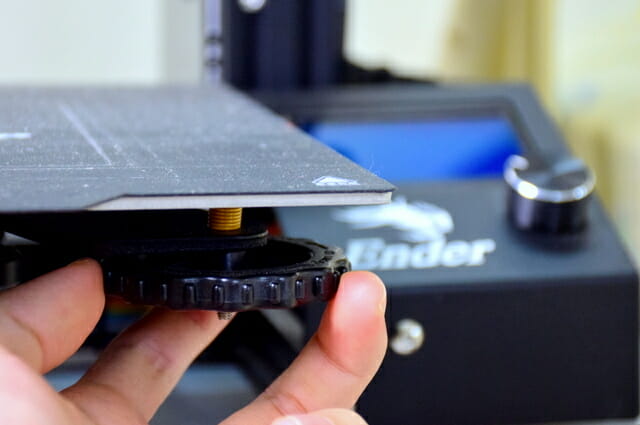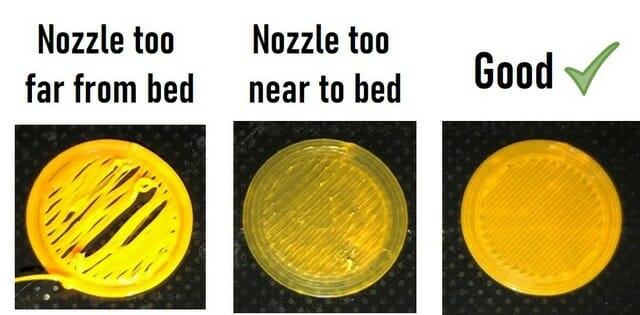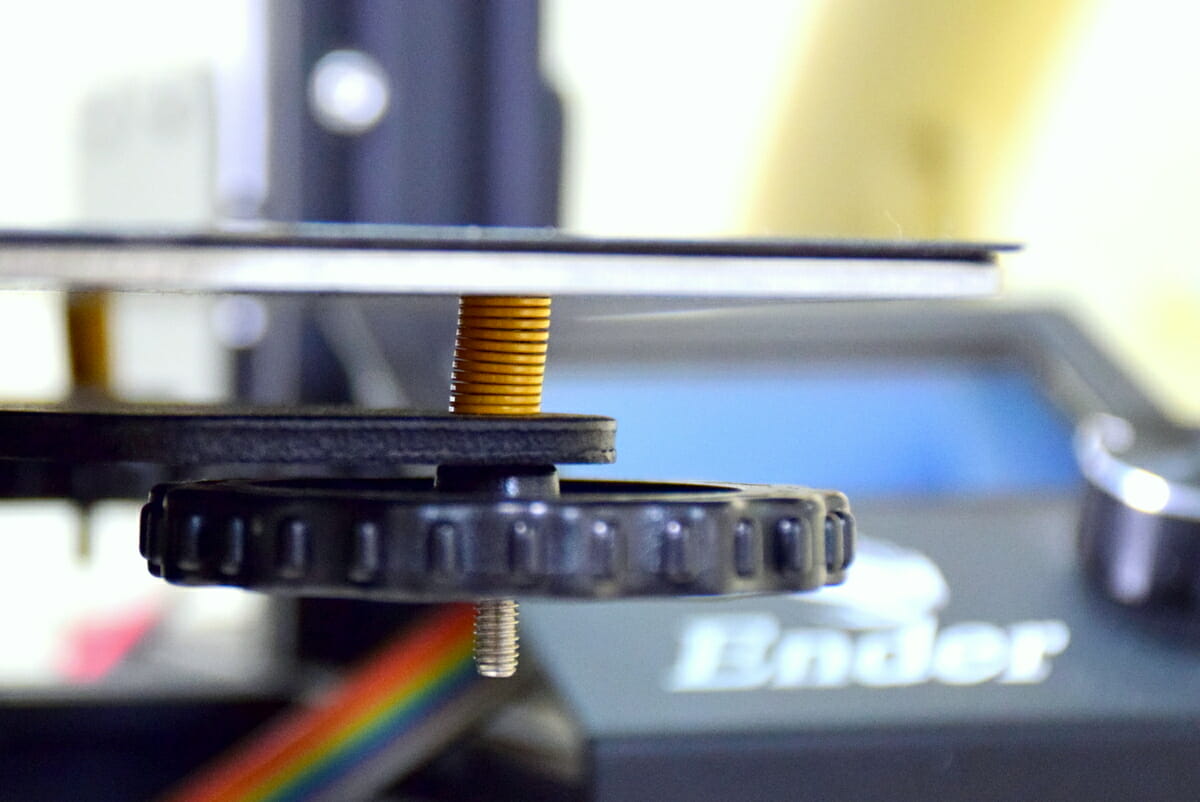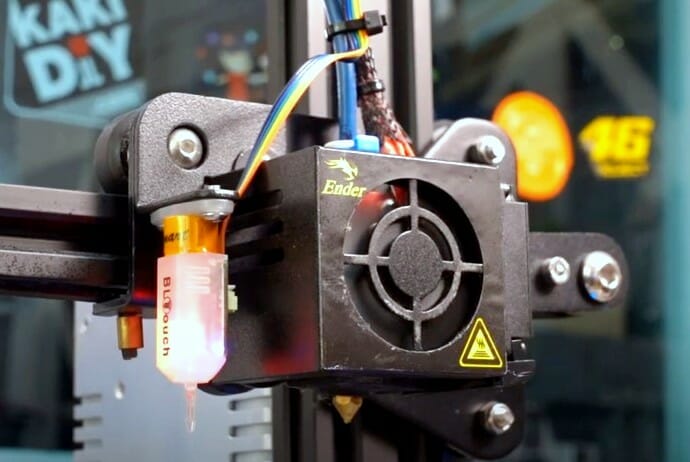Your shopping cart is empty!

FFF/FDM 3D Printer Bed Leveling Guide
Listen to the audio article:

There are numerous parameters to consider when dealing with a 3D printer, and way too often we get roadblocks due to the uncertain factors which diminish the quality or the success of each print.
In this article, we are going to describe the most common yet important problem-solving technique in 3D printing - bed levelling, while elaborating on the importance and when you should level your bed.
Why is bed levelling important?
Fused deposition modelling (FDM) 3D printer is a method of additive manufacturing where layers of materials are fused together in a pattern to create an object. More importantly, the object is printed on a flatbed which it allows the material to extrude evenly across the entire build surface. Without an evenly flat or levelled surface, achieving a perfect print will be almost impossible.
When do I need to level my 3D printer bed?
Straight to the big question, when do I need to level my bed? Here are a couple of problems that are normally caused by an uneven bed:
- Under extrusion - The filament seems stuck and no filament leaves the nozzle in certain areas.
- Under extrusion - Clicking sound at the extruder due to blockage at the nozzle.
- Poor bed adhesion - Filament fails to stick on the bed surface
- Poor bed adhesion - Filament shape and sizes vary across the bed surface
- Physical damage - Nozzle is scratching your bed surface
- Physical damage - Ugly first layer or first layer is pulled off by the nozzle
Knowing when to level your bed is as equally important as the technique itself. In some cases, poor bed levelling can cause the accumulation of filament in the nozzle which will lead to more troublesome issues, ie: clogged hotend. Hence, it is always recommended to stay alert during the first few layers of a print to ensure the bed is levelled correctly.
Best practices #1: Level your bed after every 5 to 10 prints. Level your bed if the printer is being moved.
How to level my 3D Printer bed?
Bed levelling may sound simple, look simple, but in reality, it is really tedious to get it right. Here are 6 preparation steps to take before you start levelling your printer:
- Heat up and clean your nozzle from residue. Recommended using a nozzle copper wire brush.
- Clean the bed surface from debris with isopropyl alcohol (IPA) on a paper towel.
- Set your printer to the home position.
- Create some distance between the nozzle and the bed by adjusting the four screw knobs under each corner of the bed.
- Heat up your print bed to 60°C and nozzle to 150°C (Recommended Temp.)
- Prepare an ordinary sheet of paper (Recommended 80-100 gsm)
Once your printer is ready for levelling, go ahead and start levelling with these 5 easy steps:
- Slide the paper underneath your nozzle
- Rotate the corner screw knob while sliding the paper between the nozzle and the bed.
- Close in the distance between the nozzle and the bed until you feel the paper has a small amount of resistance against the nozzle.
- Repeat step 1 to step 3 on all corners.
- Run a simple bed levelling test print (Thingiverse: 4711071).
To ensure better results, repeat step 4 again to double-confirm that the bed is levelled.

Source: thingiverse.com/thing:4711071
Leveling your bed is basically achieving same distance between nozzle and bed at all sides of the print area.
With a few more practices, you will eventually get better at bed levelling within a short amount of time while maintaining levelling precision.
Can I level less often?
Yes, you can! We understand that as you progress through your 3D printing journey, it gets tiring after repeatedly levelling your bed. Here are a couple of things you can try to reduce the need to level your bed:
- Make sure everything is tight on the printer. We recommend to constantly checking on the bolts beneath the bed and the gantry to ensure it is not loosening. A wobbly bed or hotend is also the result of an untight bolt.
- Upgrading to stronger bed springs is one of the best inexpensive upgrades for a 3D printer. It allows a sturdier bed while reducing after effects from shocks and bumps during the movement of the printer.
- Turning your printer into an auto-levelling machine! The most popular bed levelling sensor adopted for 3D printers such as Ender 3 is the BLTouch.
Best Practices #2: Always monitor the first layer to make sure the bed is tuned in correctly.
Ultimately, the most convenient way is to get an auto-levelling 3D printer such as the Artillery Sidewinder X2 and Artillery Genius Pro. Such a machine comes with a built-in levelling sensor and program which allows it to determine the distance between the bed and nozzle by moving to each corner of the bed.
Noteworthy bed levelling tips
Reduce the gap between the nozzle and bed if:
- The filament is unable to stick on the bed.
- Object adhesion is not strong and comes off easily during mid-print.
Increase the gap between the nozzle and bed if:
- No filament is extruding out from the nozzle, causing the extruder to click.
- Filament accumulates on the nozzle resulting in blobs.
- Thin and barely visible first layer.
- Nozzle scratching on the bed surface.
All in all, it takes practice to master the technique. Hopefully, you are now equipped with the proper skill set to get started and remember always to monitor the first layer to ensure the bed is levelled correctly!
Good luck and happy printing!
 International
International Singapore
Singapore Malaysia
Malaysia Thailand
Thailand Vietnam
Vietnam


